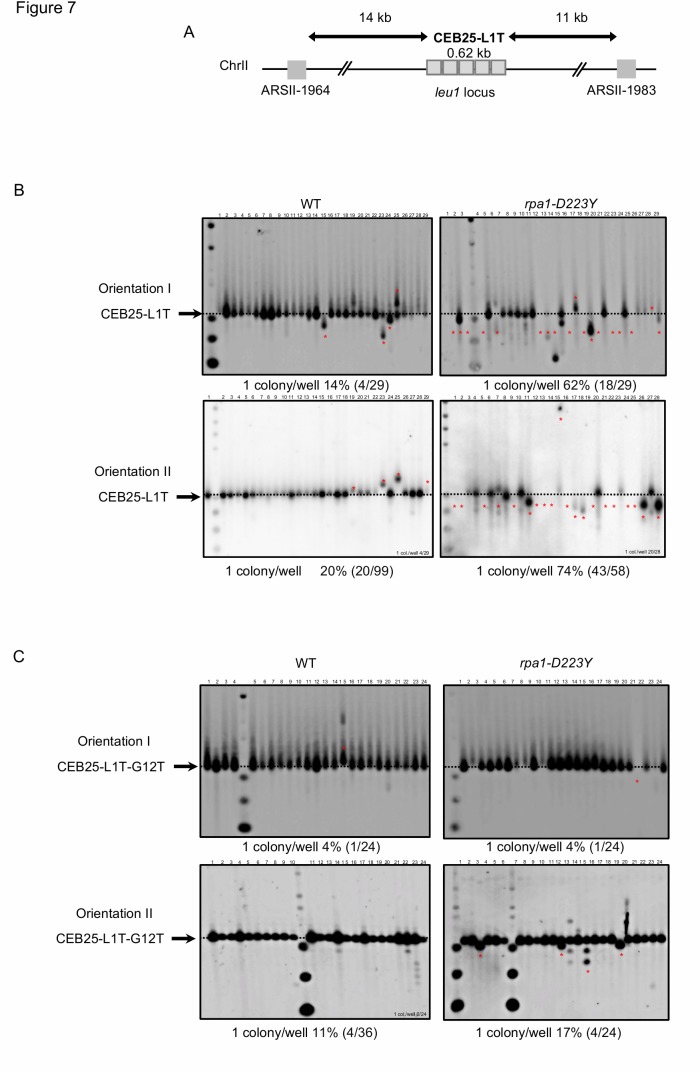Figure 7. FIGURE 7: RPA is required to stabilize CEB25-L1T in fission yeast.
(A) Map of the CEB25-L1T insertion within chromosome II at 14 kb from the ARS-II-1964 and at 11 kb from the ARS-II-1983. (B) Genomic DNA from cells containing CEB25-L1T in orientation 1 and 2 was digested by PvuII and southern blotted. Membranes were hybridized with CEB25 probe. (C) Genomic DNA from cells containing mutated CEB25-L1T-G12T in orientation 1 and 2 was digested by PvuII and southern blotted. Membranes were hybridized with a CEB25-L1T probe. The number of colonies analysed per well, the percentage of rearrangement frequencies, and the total number of colonies are indicated. Red stars mark unstable events. We calculated the frequency of instability by monitoring the size and the intensity of the CEB25. We considered that CEB25 was unstable when the intensity of the short or high band was superior to the one of the parental band or when the band disappears. The number of colonies analysed per well, the percentage of rearrangement frequencies, and the total numbers of colonies are indicated in Table 1.

